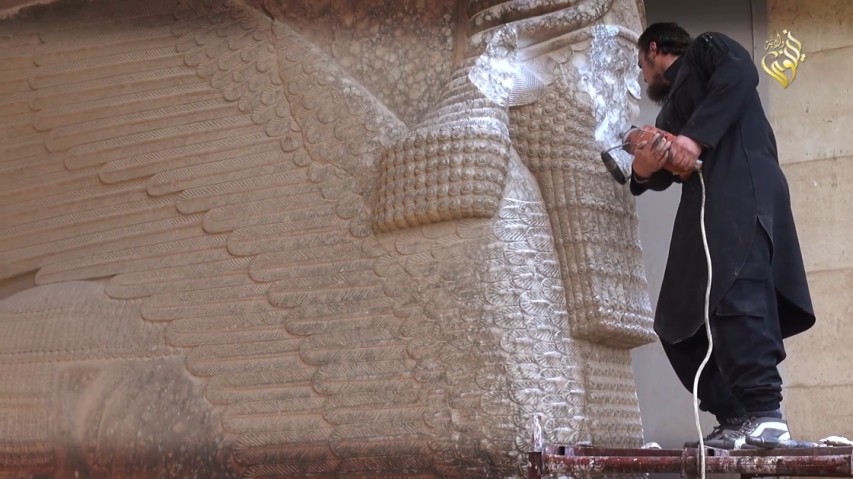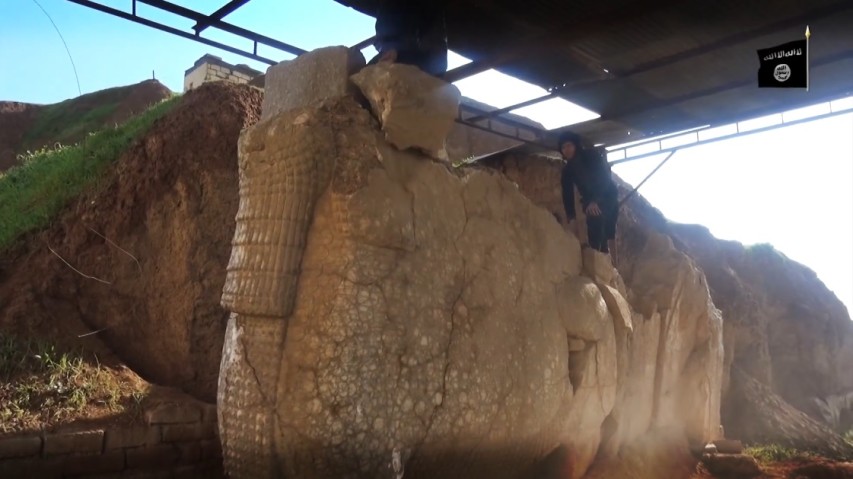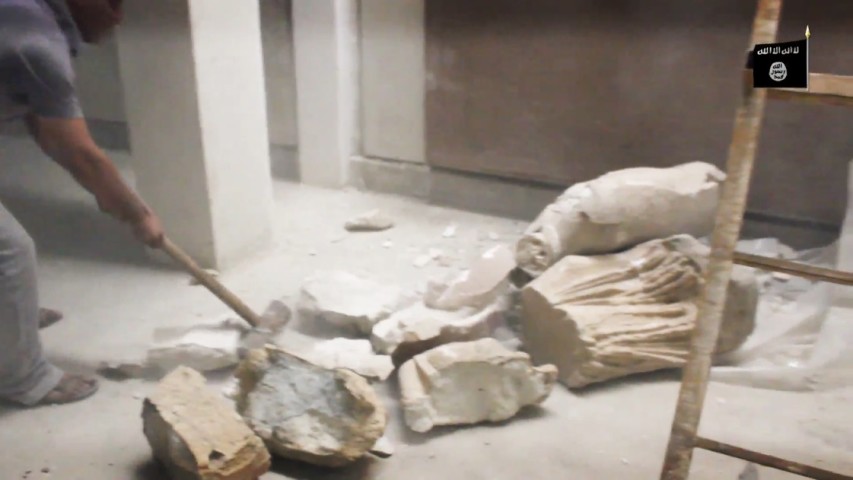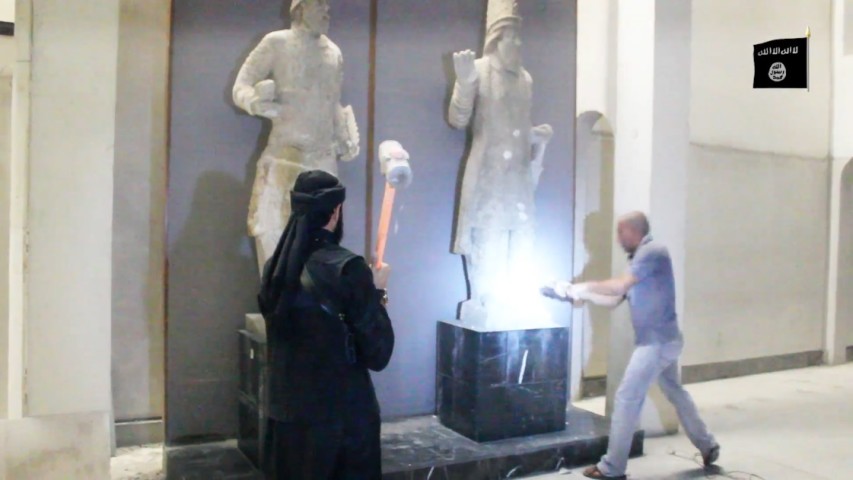On the BBC website, Chris Baraniuk covers what we know about the series of 200-year-old tunnels in Liverpool:
Of all the engineering projects that ever took place in the industrial centre of Liverpool – like the world’s first exclusively steam-powered passenger railway – the building of the Williamson Tunnels in the early 19th Century must be the most mysterious. The patron of the tunnels, tobacco merchant Joseph Williamson, was extraordinarily secretive about their purpose. Even today, no one is sure exactly what they were used for. Nor does anyone know for sure even how many of the tunnels there are, scattered underfoot beneath the Edge Hill district of Liverpool in northwest England.
Meanwhile, for centuries, the tunnels had been buried. They were filled in after locals complained of the smell – apparently the caverns were long used as underground landfills and stuffed with everything from household junk to human waste.
As time went by, the tunnels passed from knowledge to myth.
“A lot of people knew about the tunnels, but that was as far as it went – they just knew about them or heard about them,” explains Les Coe, an early member of the Friends of Williamson Tunnels (FoWT). “It was just left at that. But we decided to look for them.”
[…]
Those who have worked on the tunnels have now developed a new, somewhat more satisfying theory. Bridson points out a series of markings in the sandstone that he says are indicative of quarrying. There are channels to drain rainwater away from the rock while men worked, blocks out of which sandstone could be hewn, and various niches in the walls where rigs were once likely installed to help with extracting the stone, commonly used as a building material.
Bridson believes that before Williamson came along, these pits in the ground already existed. But it was Williamson’s idea to construct arches over them and seal them in. Properties could then be built on top of the reclaimed land – which otherwise would have been practically worthless.
If this was the case, then in terms of land reclamation, Williamson was way ahead of his time, says Bridson. The work may well have hastened the development of an area that, without this innovation, would have been left unused for many years.
Williamson also was enterprising in his design. Simply filling the trenches in would have taken too long in the early 1800s, thanks to the limitations of transport, so Williamson used arches instead. And as Bridson notes, he was doing it years before the great railway tunnels and bridges of England were ever built. The arches “are still standing 200 years on with virtually no maintenance,” he says. “Apart from the ones that have been damaged, they’re still as solid as the day he built them. So he must have known what he was doing.”
H/T to Ghost of a Flea for the link.








